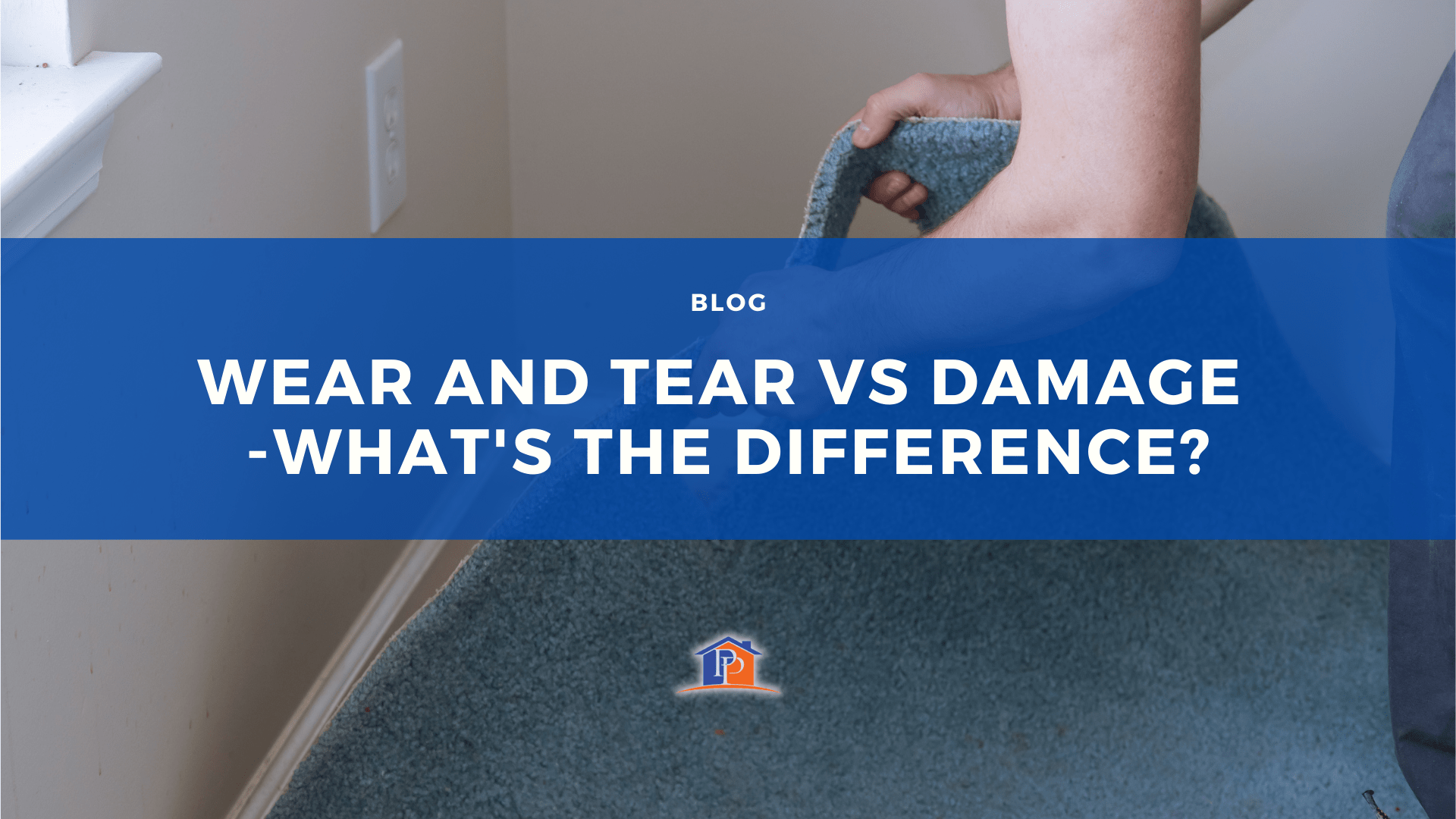Disagreements between landlords and tenants about wear and tear vs damage is, unfortunately, a very common issue.
Landlords are typically responsible for maintaining rental units in good shape, and it is normal for a certain amount of deterioration to happen as the property ages, but when tenants are the ones causing damage to the property (intentionally or by negligence), it is a different story.
The definition of wear and tear is the normal and gradual damage that happens to an object from ordinary use in a period of time. It is not caused intentionally, on accident, or by neglect, misuse, or abuse, whereas damage is the physical harm caused to something in such way as to impair its value, usefulness, or normal function. This can be intentionally or by accident.
We should learn to identify when we are facing damage made to the property by the tenant, and when we are not. Keep on reading to learn more about it.
IS IT REALLY WEAR AND TEAR?
When we are talking about wear and tear, neither the landlord nor the tenant is responsible for what we can call “normal” deterioration.
Examples of wear and tear:
- Peeling paint
- Floors in need of a new coating or varnish
- Loose grout or tiles
- Rusty shower rod
- Faded/dirty window shades
- Worn enamel in old bathtub
- Carpet worn by people walking on it.
If a tenant is responsible of doing something that causes damage to the property, the tenant is also financially responsible for fixing it.
Examples of damage:
- Unapproved paint color
- Big holes in walls
- Big stains or burns in carpet or flooring
- Chipped flooring
- Severely damaged windows
- Clogged toilet or pipes due to improper use.
- Urine stains from pets
TAKING PRECAUTIONS IS IMPORTANT
There are some precautions landlords should take to avoid conflicts about who should pay for repairs. Make sure you take pictures of the property before the tenants move in and every time there is an inspection. This will be particularly helpful when, eventually, the final inspection of the property takes place.
As we know, when a tenant moves into a rental property, he or she will pay the landlord a security deposit in addition to the first month’s rent. This deposit is typically returned to the tenant at the end of the lease term if the tenant follows all the terms of the lease agreement.
It is also very important that you include as many clauses as necessary about this in the lease agreement so the tenant is aware in which situations he or she will have to pay for repairs or what could cause the early termination of the lease.
Keep in mind that, as we mentioned before, wear and tear is expected and considered normal depreciation, so it is not covered by landlord insurance.
IT ISN’T ALWAYS THE LANDLORD’S RESPONSIBILITY
If damage to the property is caused by the landlord’s failure to maintain the property, then the landlord cannot take deductions from the tenant’s security deposit, as this is not a result of abuse or neglect by the tenants.
On the other hand, if the damages do not qualify as wear and tear, the tenant will have to pay the landlord for the repair work. Landlords have the right to claim the cost of repairing or replacing their possessions.
At Pristine Property Management, we inspect all systems in the house to make sure everything is working properly, and we make sure tenants are taking good care of the property. Contact us today to make sure this does not become a headache for you.

 Login
Login

